March 2025
Authors Jason Cavadini and Eileen Kladivko
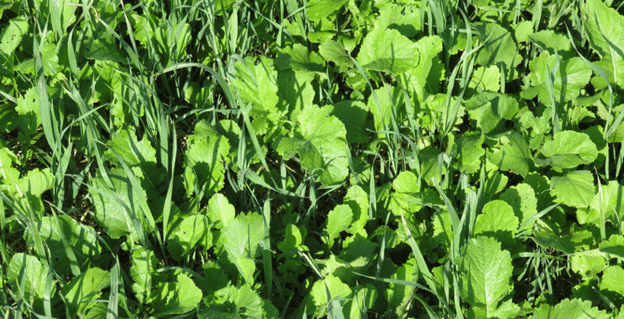
Midwest Cover Crops Council (MCCC-136)
University of Nebraska Extension (G2351)
This publication is intended to provide a starting point for farmers who are new to growing cover crops. With experience, farmers may fine-tune the use of cover crops for their systems.
This publication provides an introductory approach to integrating cover crops following corn silage and before corn or soybeans. These cover crops can have many benefits, such as erosion control, weed suppression, improved soil health, and quality forage production.

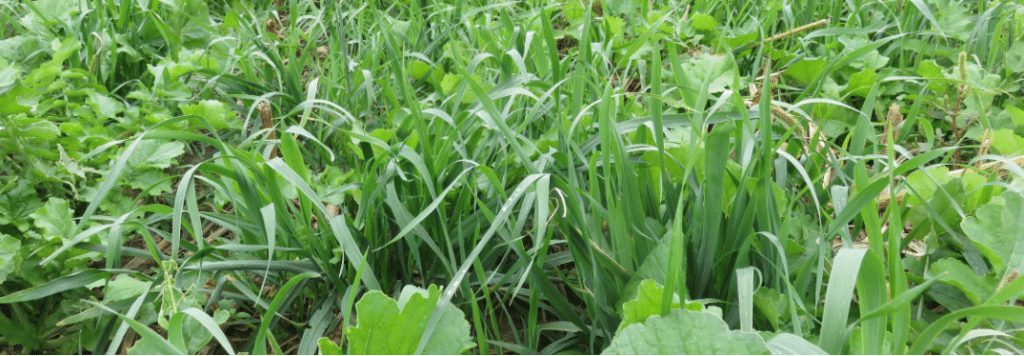
Cover Crop Selector Tool —available from the Midwest Cover Crops Council, https://www.midwestcovercrops.org
Post Corn, Going to Soybean: Use Cereal Rye (Nebraska Cover Crop Recipe series, MCCC-107)
Post Corn Silage, Going to Corn: Use Cereal Rye (Iowa Cover Crop Recipe series, MCCC-121)
Post Corn Silage, Going to Soybean: Use Cereal Rye (Iowa Cover Crop Recipe series, MCCC-122)
Managing Residual Herbicides with Cover Crops (Institute of Agriculture and Natural Resources, Univ. of Nebraska)
How Herbicide Labels Restrict Using Cover Crops as Forage (Institute of Agriculture and Natural Resources, Univ. of Nebraska)
Corn and Soybean Herbicide Options for Planting Cover Crops for Forage in Fall (Institute of Agriculture and Natural Resources, Univ. of Nebraska)
Residual Herbicides and Fall Cover Crop Establishment (Purdue Extension Weed Science publication)
Terminating Cover Crops: Successful Cover Crop Termination with Herbicides (Purdue Extension publication WS-50-W)
Gary Lesoing and Katja Koehler-Cole, University of Nebraska-Lincoln (Note: This publication was adapted with consent from MCCC under a joint project to produce customized introductory guidance about cover crops for all member states/provinces.)
Caro Córdova, Nathan Mueller, and Jennifer Rees, University of Nebraska-Lincoln; Eileen Kladivko, Purdue University; Anna Morrow, Midwest Cover Crops Council
The Midwest Cover Crops Council (www.midwestcovercrops.org) aims to facilitate widespread adoption of cover crops throughout the Midwest by providing educational/outreach resources and programs, conducting new research, and communicating about cover crops to the public.
Funding for this project was provided by McKnight Foundation.
December 2022
The U.S. Department of Agriculture (USDA) prohibits discrimination in all its programs and activities on the basis of race, color, national origin, age, disability, and where applicable, sex, marital status, familial status, parental status, religion, sexual orientation, genetic information, political beliefs, reprisal, or because all or a part of an individual’s income is derived from any public assistance program. (Not all prohibited bases apply to all programs.) Persons with disabilities who require alternative means for communication of program information (Braille, large print, audiotape, etc.) should contact USDA’s TARGET Center at (202) 720-2600 (voice and TDD). To file a complaint of discrimination write to USDA, Director, Office of Civil Rights, 1400 Independence Avenue, S.W., Washington, D.C. 20250-9410 or call (800) 795-3272 (voice) or (202) 720-6382 (TDD). USDA is an equal opportunity provider and employer. ©2022 by MCCC. All rights reserved.
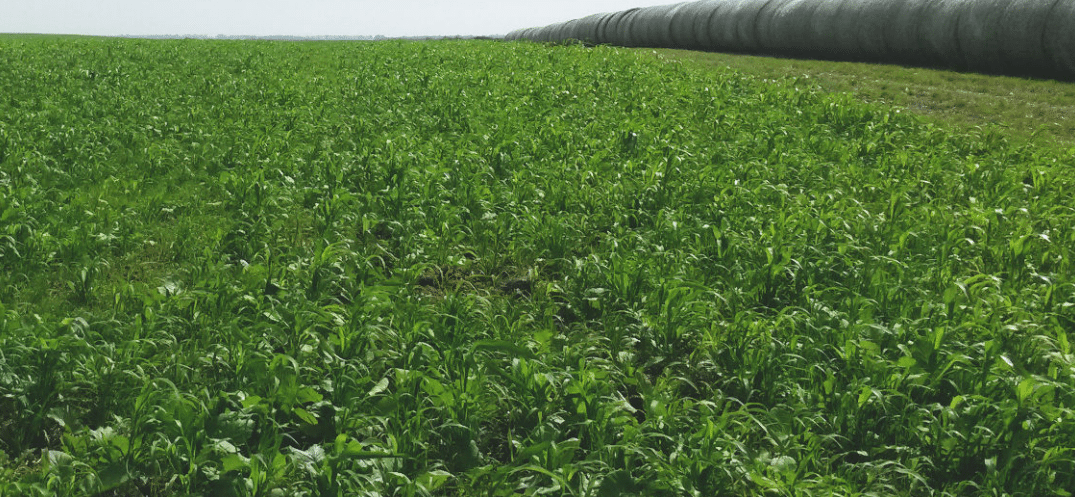
Midwest Cover Crops Council (MCCC-135)
This publication is intended to provide a starting point for farmers who are new to growing cover crops. With experience, farmers may fine-tune the use of cover crops for their systems.
The following recipe provides an introductory approach to integrating a cover crop into a wheat-based rotation with soybean or corn. Planting a cover crop blend that predominantly consists of cool-season species and is winter-killed adds diversity and provides soil armor through summer and spring. However, in some situations added ground cover in the spring in combination with excess soil moisture could be a problem unless winter cereals (winter rye, wheat, or triticale) are included in the mix.
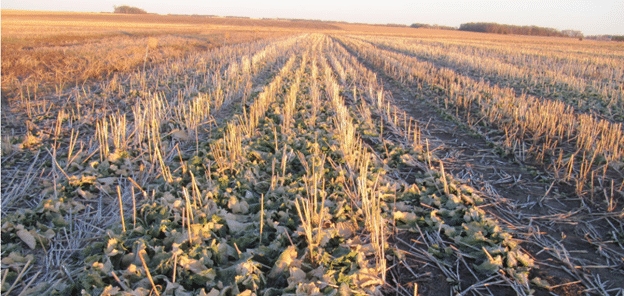
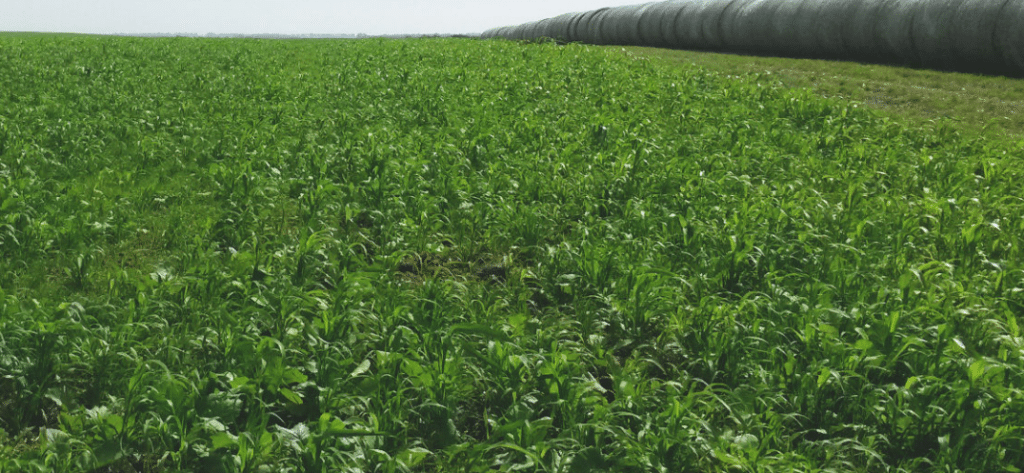
Cover Crop Selector Tool—available from the Midwest Cover Crops Council, www.midwestcovercrops.org
Cover Crop Species Selection for Grazing (USDA-NRCS publication SD-FS-56)
Herbicide Residual Effects on Cover Crops after Wheat (South Dakota State University Extension)
Cover Crop: Common Species and Properties of South Dakota (USDA-NRCS)
Grazing Cover Crop Calculation App (Jotform app)
David Karki, South Dakota State University Extension (Note: This publication was adapted with consent from MCCC under a joint project to produce customized introductory guidance about cover crops for all member states/provinces.)
Eric Barsness, USDA-NRCS; Anthony Bly, South Dakota State University Extension; Eileen Kladivko, Purdue University; Anna Morrow, Midwest Cover Crops Council
The Midwest Cover Crops Council (www.midwestcovercrops.org) aims to facilitate widespread adoption of cover crops throughout the Midwest by providing educational/outreach resources and programs, conducting new research, and communicating about cover crops to the public.
Funding for this project was provided by McKnight Foundation.
December 2022
The U.S. Department of Agriculture (USDA) prohibits discrimination in all its programs and activities on the basis of race, color, national origin, age, disability, and where applicable, sex, marital status, familial status, parental status, religion, sexual orientation, genetic information, political beliefs, reprisal, or because all or a part of an individual’s income is derived from any public assistance program. (Not all prohibited bases apply to all programs.) Persons with disabilities who require alternative means for communication of program information (Braille, large print, audiotape, etc.) should contact USDA’s TARGET Center at (202) 720-2600 (voice and TDD). To file a complaint of discrimination write to USDA, Director, Office of Civil Rights, 1400 Independence Avenue, S.W., Washington, D.C. 20250-9410 or call (800) 795-3272 (voice) or (202) 720-6382 (TDD). USDA is an equal opportunity provider and employer. ©2022 by MCCC. All rights reserved.
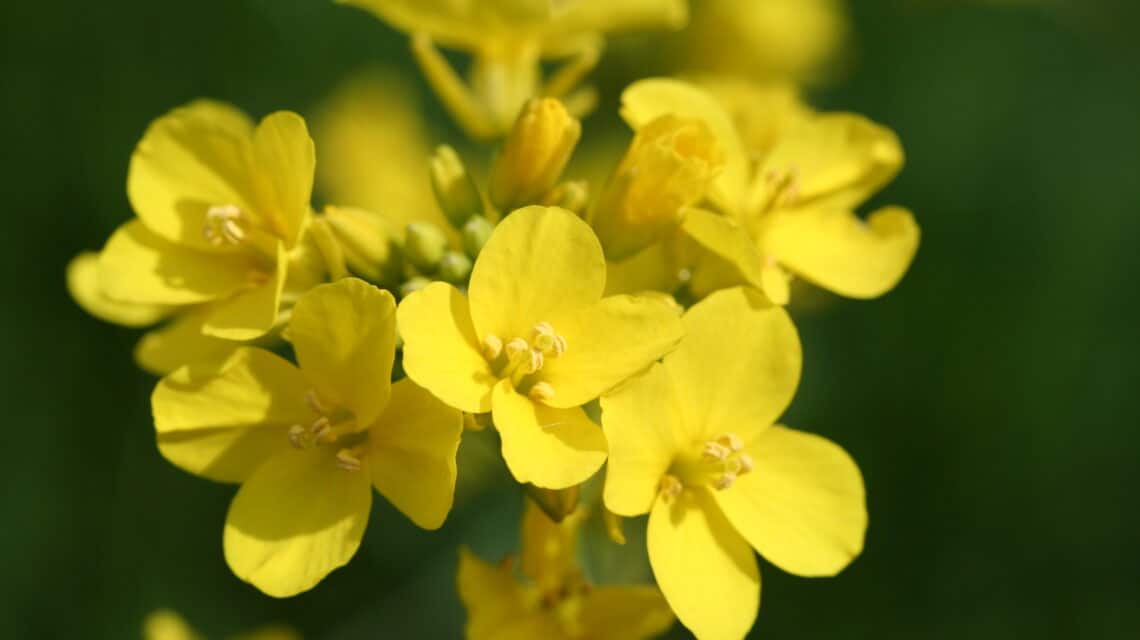
Eric Lee-Mader, Anne Stine, Jarrod Fowler, Jennifer Hopwood and Mace Vaughanby – Xerces Society for Invertebrate Conservation with contributions from the USDA Natural Resources Conservation Service
August 2017
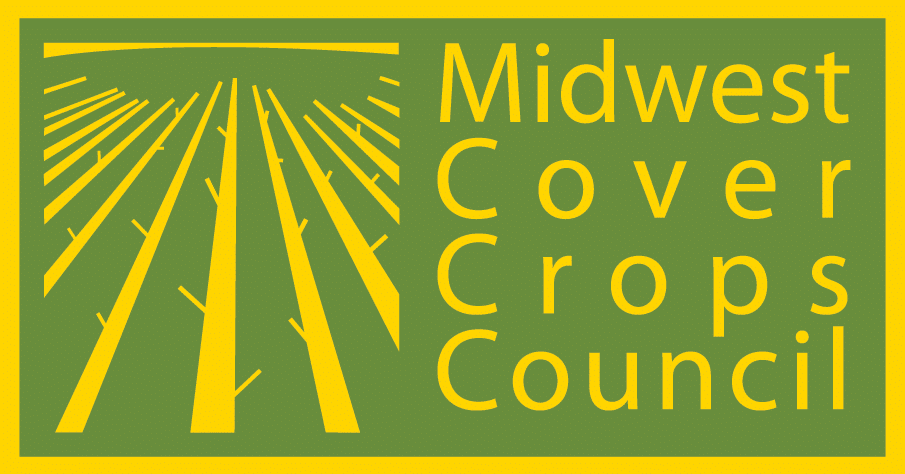
Kim Cassida and Joe Paling – Michigan State University Extension
February 2020
2019 MSU Cover Crop Variety Test Report
Source link here.



2017 MCCC Annual Conference Presentation – Vegetable Crops Track
Dan Brainard, Ben Werling – Michigan State University and Ralph Oomen, Michigan Farmer
March 2017
Mustard family cover crops for crop establishment and pest management in vegetables
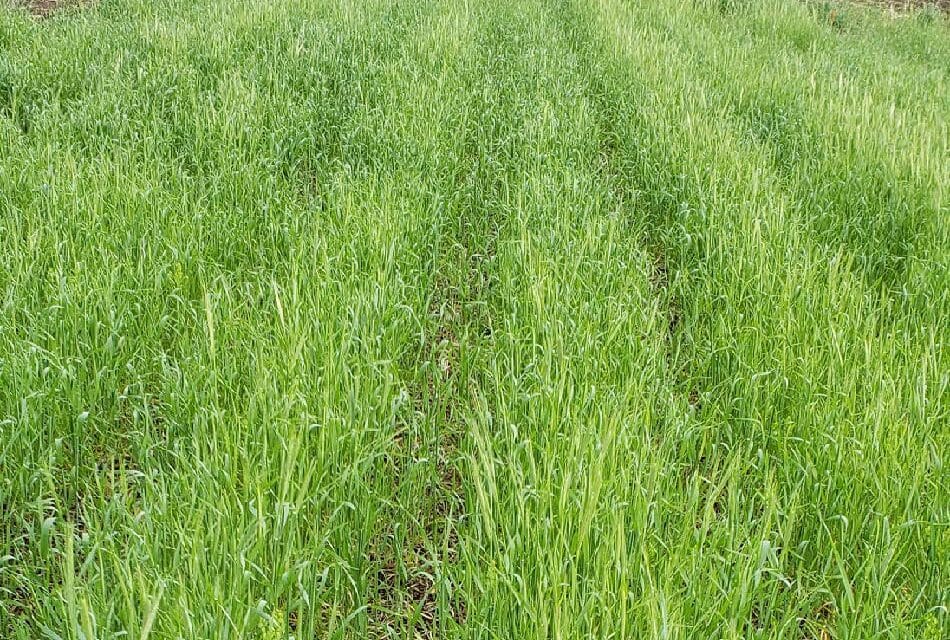
Practical Farmers of Iowa
November 2016
Soybean Herbicides: Restrictions When Planting, Grazing or Feeding Cover Crops
Source link here.